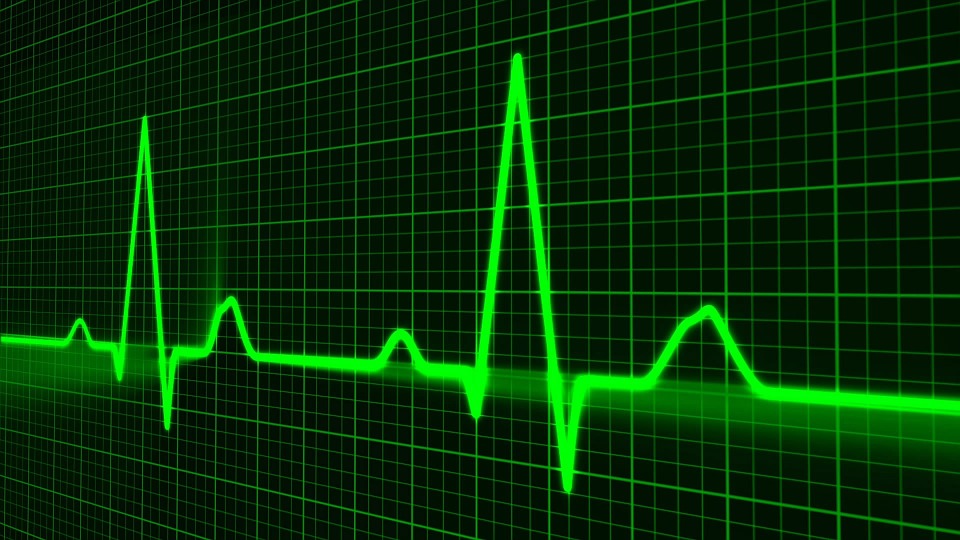
Unlike some human organs, the heart cannot regenerate itself after a heart attack. The dead muscle is often replaced by scar tissue that can no longer transmit electrical signals or contract, both of which are necessary for smooth and forceful heartbeats.
The Duke team claims that its breakthrough – which is described in Nature Communications - could enable surgeons to patch a damaged heart with tissue made outside of the body.
Whilst researchers have been exploring the concept, this is claimed to be the first patch of its kind both large enough to cover affected tissues, and as strong and electrically active as natural heart tissue. "Creating individual cardiac muscle cells is pretty commonplace," said Nenad Bursac, professor of biomedical engineering at Duke. "Scaling it up to this size is something that has never been done and it required a lot of engineering ingenuity."
The cells for the heart patch are grown from human pluripotent stem cells - the cells that can become any type of cell in the body. Bursac and Ilya Shadrin, author of the Nature paper, have successfully made patches using many different lines of human stem cells, including those derived from embryos and those artificially forced or "induced" into their pluripotent state.
Various types of heart cells can be grown from these stem cells: cardiomyocytes, the cells responsible for muscle contraction; fibroblasts, the cells that provide structural framework for heart tissue; and endothelial and smooth muscle cells, the cells that form blood vessels. The researchers place these cells at specific ratios into a jelly-like substance where they self-organise and grow into functioning tissue.
Finding the right combination of cells, support structures, growth factors, nutrients and culture conditions to grow large, fully functional patches of human heart tissue has taken the team years of work. Every container and procedure had to be sized up and engineered from scratch. And the key that brought it all together was a little bit of rocking and swaying. "It turns out that rocking the samples to bathe and splash them to improve nutrient delivery is extremely important," said Shadrin. "We obtained three-to-five times better results with the rocking cultures compared to our static samples."
The results improved on the researchers' previous patches, which were one square centimeter and four square centimeters. They successfully scaled up to 16 square centimeters and five to eight cells thick. Tests show that the heart muscle in the patch is fully functional, with electrical, mechanical and structural properties that resemble those of a normal, healthy adult heart.
Whilst the group has already shown that that patches maintain their function when implanted onto mouse and rat hearts, the next step is to develop much thicker patches that could actually replace the work of dead cardiac muscle in human patients.
For patches to be grown that thick, they need to be vascularised so that cells on the interior can receive enough oxygen and nutrients. Even then, researchers would have to figure out how to fully integrate the heart patch with the existing muscle. "Full integration like that is really important, not just to improve the heart's mechanical pumping, but to ensure the smooth spread of electrical waves and minimise the risk of arrhythmias," said Shadrin.




Nanogenerator consumes CO2 to generate electricity
Whoopee, they've solved how to keep a light on but not a lot else.